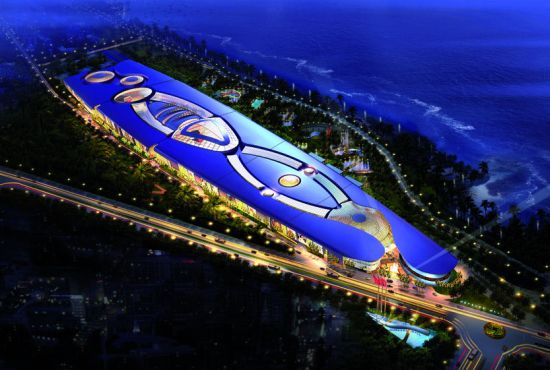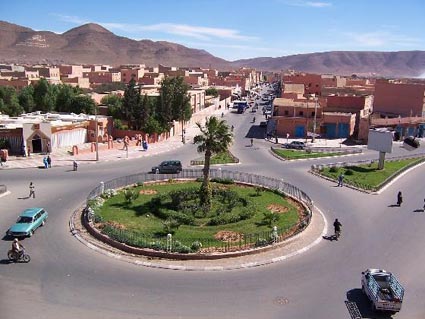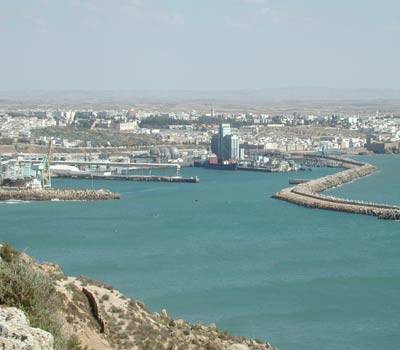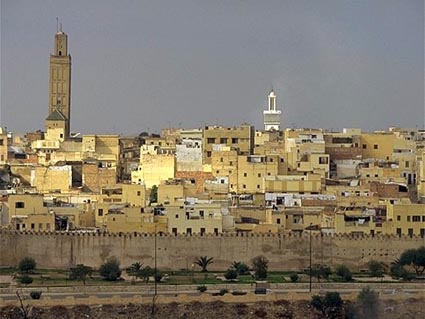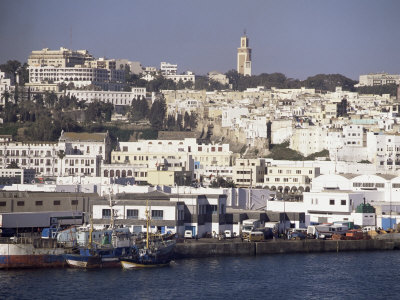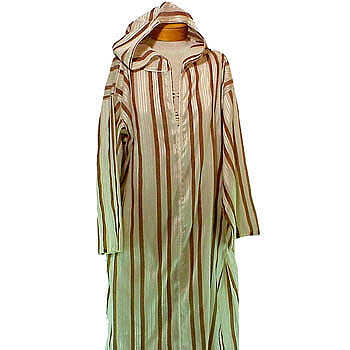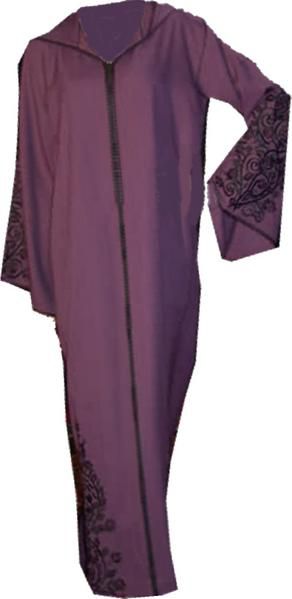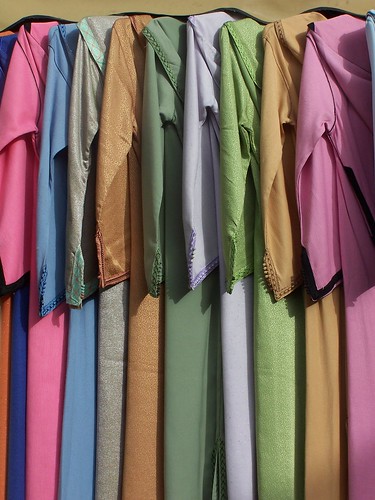The last town I visit is perfect. Chefchaouen's blue-rinsed medina walls are calming and beautiful, with washes from robin's egg to deep ocean. A self-proclaimed capital of wool, water and hashish, this northwestern town is hugged by the brilliant Rif mountains, casting a permanent shade of tranquillity over quietly proud locals.
There are few things as soul-nurturing as solo hiking, so I wake up on the first day of the year with a plan - to go and stay alone. I head north around Jebel El Kelaa, passing lambs and Youssef and parties of Rif Berber women dressed brightly, all with traditional red and white-striped cloths tied around their waists. They greet me animatedly, expressing surprise that I am alone - I nod when they hold up a single finger. The older women suggest I tuck my scarf around my chilly ears before they beckon me to follow them, but I shake my head, smiling away any lack of understanding.
I carry on for hours, with the company of shepherd boys wheeling tyres down a road and Berber men tilling their fields, chanting motivation (Aisha!) to their donkeys. I am offered shouts of Ola! and Akchour? - a nearby pot-producing village.
I keep setting end points for myself only to reach these and see a little more of the vista that is rolling hills breaking into a green valley; it's all too much to consider turning back.
As I round a corner to gaze upon the heart of the blossoming valley, I am summoned persistently by a matriarch on a particularly prime piece of land, basking in the low afternoon sun. I am beckoned to sit; containers of olives are opened, gestures are made for me to help myself to a large vegetable tagine, fresh bread and sweet mint tea. I eat as she speaks, her eyes so penetrating and intelligent that I think this is the first time I've ever seen eyes. Her words are ethereal and whipped in space; so completely other to the Berber I've heard. I try to understand but fail absolutely, managing only to communicate between mouthfuls that yes, I am alone, "solo".
I am devastated that I understand nothing of what she has to say, but then again, I'm not either. I am laughed at for taking a photograph of their donkeys.
Steep, rusted grey cliff faces and a 70-year-old woman with an entire dead tree on her back keep me going, even though I am now unsure of whether or not to turn back in light of the approaching cool evening.
A man not older than 21 walks towards me in red wellingtons. Before I can salute, he purposefully puts down the two large bags he's carrying and sticks out his hand to shake mine. His face has the kindness of someone who's never been hurt and, as we stumble through any language that isn't our first, I feel a sincere friendship that can really only occur through haphazard, misunderstood meetings on mountain roads. I ask advice, he sighs with confusion, speaks, slaps his leg, pauses with helplessness, offers me food. As I tear off a piece of bread, he explains that his family lives over yonder mountains. We end our conversation with another handshake and a grin I may not ever forget.
I go against his advice (probably) and carry on down the road that is at once snaking far down into the valley. I am torn. I need to see what's down there, but the threat of cold is quite real. I stop. I stand. I think. I go. I stop. I stand. I go back. I stop. I decide that the answer will come to me.
I wait a minute before a construction truck - the only vehicle I have seen the entire six hours of walking - rumbles around the bend. Waving the droopy, ruddy-faced driver down, I ask which way is best to get back to Chefchaouen. He gestures for me to get in. I jog around and climb up to sit next to another passenger, Ridouan, who smokes a cigarette, incurious. I can't pronounce the driver's name. I offer mine but it seems of no consequence. We manoeuvre the large truck around narrow, tight corners listening to jangly tunes - one in particular, over and over - off the broken mp3 player. Our mutual understanding, again, falls far too short, and as a team, we would have failed. Any sort of team, it wouldn't matter. But we make good spectators. Ridouan points out bunnies in neighbouring fields. I point out mountains and birds. The driver points out ladies in the bush. I am offered coffee, water, cigarettes, a jacket, and when I compliment his driving, the driver very sincerely offers me the wheel.
We rumble right up onto cliff faces, passing a group of Spaniards abseiling down the rock, until we reach a café where the truck is replenished with building material. I sit sipping my coffee, surveying birds of prey circling a peak; Ridouan sits with a large group of male friends at another table. The driver drags a chair next to me - I am inwardly pleased - and, with a smile and an espresso, slaps down his cigarettes, rolling paper and a hunk of hash the size of a grown man's thumb.
When we leave, the truck rumbles back the way we came. Bummer. I deal with it as soon as that lovely tune plays over the intermittent speakers for the eighth time. Like a lullaby. We drive the roads I walked, stopping to swap some stories with a farmer. We divert and dump the building material while a group of men look on - one young, squint beauty of a boy in particular stares me down. I am again foiled, and we turn around and head back down the narrow, bumpy roads for the second time; past my lunch spot, past the cliffs, past the café. It's about now that the driver tells me he isn't going to Chef at all but to Tetouan. There might be mention that if I marry him this could all change - and I am intrigued - but I accept a drop-off at a main-road junction. He seems none too perplexed. I have just enough time to pee behind a café wall before catching a grand taxi (an old Mercedes that only leaves when packed with seven people) to Chefchaouen.
I return to my backpackers just as the sun is well and truly setting, through child-shrieking streets smelling of chocolate and cinnamon, bliss and winter pinching my cheeks and a swell of humanity that surpasses any fatigue I may feel.


















